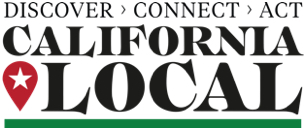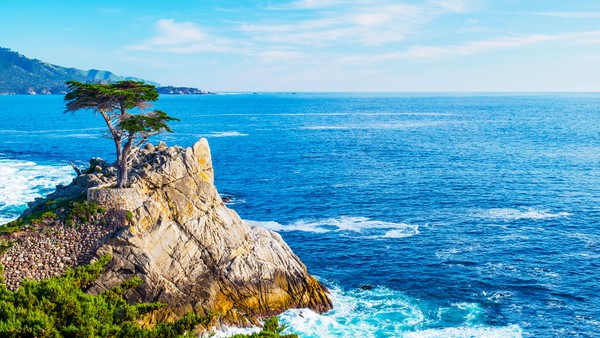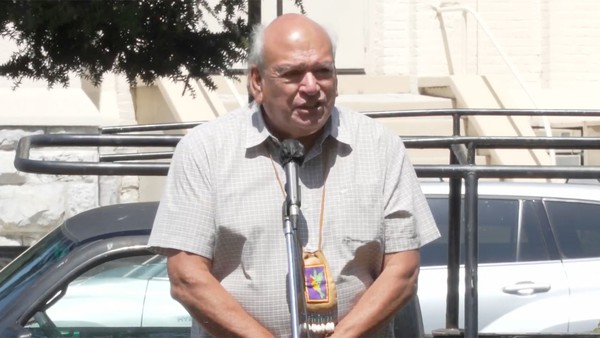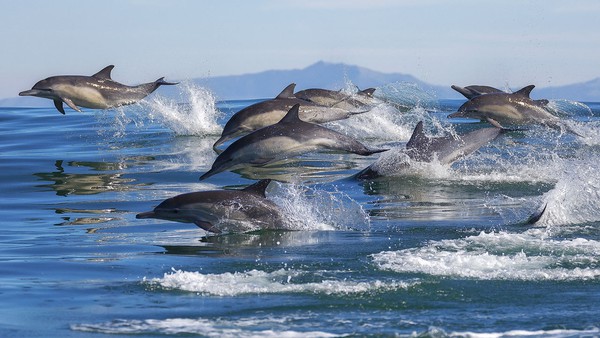One pleasure in compiling this newsletter comes from seeing, week after week, the good work produced by members of the California Local Media Alliance. This week, two allies in different counties produced cover stories that encourage meditation on the importance of preserving natural landscapes and remembering the Indigenous people who were once their stewards—and who seek to return to that role.
In the July 13 issue of Good Times, environmental reporter Erin Malsbury writes about the 30th anniversary of the Monterey Bay National Marine Sanctuary, which stretches from Marin down to Cambria on its southern end. It’s a big birthday that dovetails with the 50th anniversary of the National Marine Sanctuary Act. Leon Panetta, who cosponsored the 1992 legislation to protect the Monterey Bay, tells Malsbury, “It’s always been one of my proudest achievements as a congressman, working with the community and being able to look out at that coastline and know that it is protected.”
In the same issue of Good Times, an article by reporter Leonie Sherman anticipates a new environmental victory: creation of the Chumash Heritage National Marine Sanctuary, which would protect the marine areas between the Monterey Bay and the Channel Islands National Marine Sanctuary.
In the article, Sherman speaks with members of the Chumash about the significance of the sanctuary’s name. Bear Clan elder Michael Khus-Zarate explains, “If the proposed sanctuary is designated, it will be a magnet for further revitalization of Chumash people throughout the Central Coast.”
“The Chumash have a maritime culture and tradition,” Khus-Zarate says about the tribe, which historically occupied a territory from roughly Morro Bay to Malibu. “Our relationship with the ocean is primarily one of respect and reverence. … We don’t own the land or the waters, it’s not ours to give away or share, it’s ours to caretake.”
Along the land that borders the marine sanctuary, a different Indigenous tribe has taken stewardship of a precious slice of wild and beautiful Big Sur. In its most recent issue, Monterey County Weekly (another member of the California Local Media Alliance) tells the story of how the Esselen tribe was able to reclaim a part of its former homeland.
The parcel of land in question was once under the control of Charles Bixby, who arrived in Big Sur in 1875. Then was bought by a Swedish man named Axel Adler in 1950. In 2015, a series of events began that eventually led to its purchase by the Esselen tribe. MC Weekly’s Sara Rubin recounts the complex tale, and speaks to members of the Esselen about their future plans.
And as Rubin concludes, this story “is just one example in the growing Land Bank movement that calls to return stolen land to Indigenous people across the globe.”
A bibliography on the topic of land stolen from Indigenous people would be as vast and bloody as the history of the United States itself. But in recent articles calling for the return of those lands, one can find new ideas for righting past wrongs. A prime example is part of a 2021 series published by Atlantic magazine, titled “Who Owns America’s Wilderness?” The display type on David Treuer’s article boldly states his premise: “Return the National Parks to the Tribes.” Treuer details the massacres and broken treaties and violence surrounding the creation of many national parks and makes the case that the “jewels of America’s landscape should belong to America’s original peoples.” It’s a powerful piece—and after reading it, one can never look at Teddy Roosevelt in quite the same way again.




